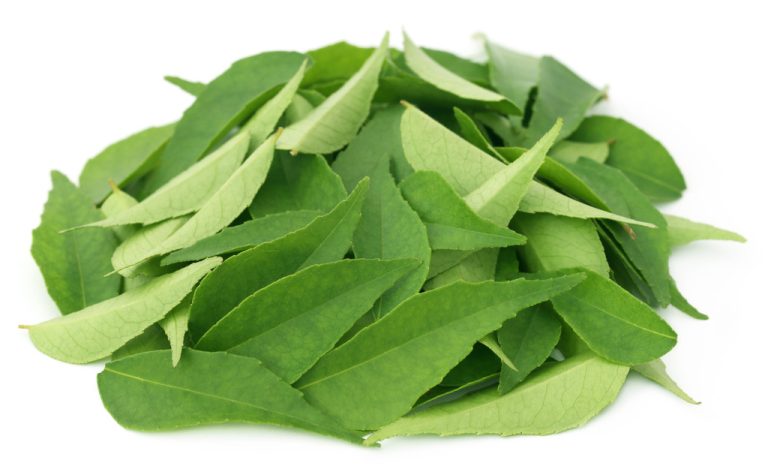Curry leaves are popular for cooking, especially in Asian cuisine. The leaves are rather unknown to us, but they are said to have health benefits. Here you can learn more about the effects and uses of curry leaves.
The dark green, oval leaves of the curry tree are called curry leaves. It belongs to the rue family and reaches a height of four to six meters.
Attention, do not confuse:
Curry leaves have nothing in common with classic curry powder. Because curry powder is an English spice mixture made from various Indian spices.
The curry tree is also not related to the curry herb. The herb comes from the Mediterranean region and grows up to 60 centimeters tall.
In this article, you will learn where curry leaves come from and how to use them in the kitchen.

Curry leaves: origin and effect
The curry tree is native to the Indian subcontinent. The tree is now widespread in large parts of Asia, including Sri Lanka, Nepal, Laos, Vietnam and Thailand. For the sale of the curry leaves, cultivation takes place mainly in India.
The leaves are oval and distinctly darker on top than on their underside. Curry leaves are not only valued in Asian cuisine. The leaves are also used in traditional Ayurvedic medicine. This is due to the valuable ingredients in the leaves. These include, among others:
flavonoids
antioxidants
phenolic acid
essential oils
Scientists have also studied the effects of curry leaves in recent years. They came to the following conclusions:
In 2016, the European Journal of Pharmaceutical and Medical Research succeeded in proving the antibacterial effect of the leaves in a study. Researchers consider the leaves to be a possible alternative to antibiotics for multi-resistant germs.
Another study from 2014 looked at the antioxidant effects of the leaves. The active ingredients of the curry leaves reduce oxidative stress, fight free radicals and support the body in cell renewal. This effect could also play a role in the treatment of cancer patients in the future.
In addition, the ingredients have a positive effect on blood sugar and cholesterol levels, as a study found out in 2012.

Cooking with curry leaves
Curry leaves have a spicy, slightly nutty, pungent aroma. Since curry leaves come from Asia and only develop their full flavor when fresh, they are not very common here. You are most likely to get curry leaves in well-stocked Asian shops. Unfortunately, they are hardly available in organic quality.
Curry leaves are particularly good for these dishes:
vegetarian curry
vegetable stew
asian soup
chutney
How to use curry leaves:
Depending on the size, you will need one to four leaves for a meal for four people.
Fry the curry leaves so that they develop their aroma as best as possible.
Cook the curry leaves along with the other ingredients, similar to bay leaves.
You can remove the leaves before serving, but you can also eat them without any problems.
You can usually get the leaves from us in dried form. However, since they lose a large part of their aroma when they dry, you should double the amount from recipes. If you are lucky and have large quantities of fresh curry leaves, it is best to freeze them to benefit from their full aroma for longer.

